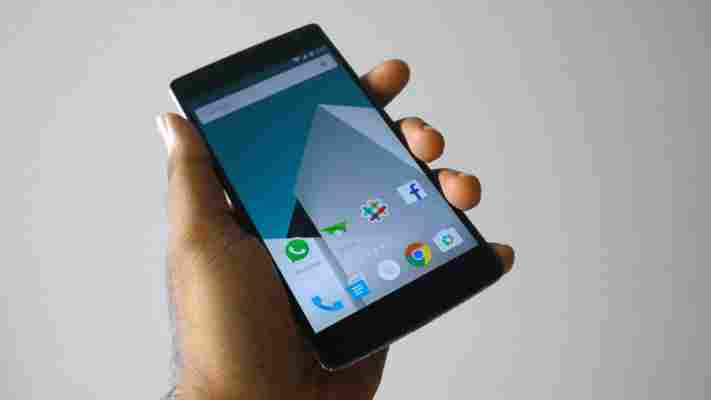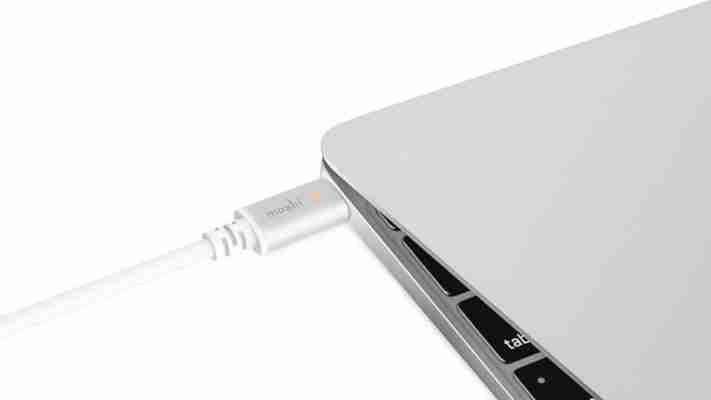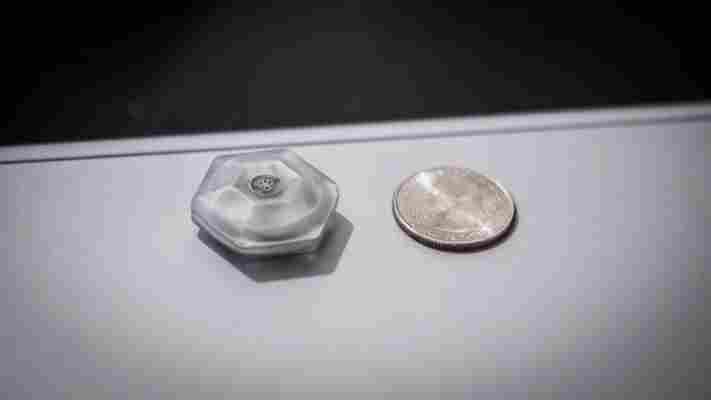OnePlus2’s cheaper 16GB model pulled from US and EU stores
If you were thinking about getting your hands on the cheapest model of the OnePlus 2 , you might be out of luck. According to TechRadar , the Chinese phone manufacturer has pulled its 16GB model — available at a starting price of $329 or €339 — from its online store in North America and Europe due to a supposed lack of interest.

If you are interested in snagging a OnePlus 2 in those countries, you will only be able to purchase the more expensive 64GB model, which still comes in at a relatively cheap $389 or €399 compared to other smartphones from leaders like Apple and Samsung. The 16GB model will still be available in other markets like India, where sales of the phone were much stronger.
But if it pains you to shell out the extra cash for the 64GB model, then it might be time to look for a new cheap phone deal.
➤ You can no longer get the cheapest OnePlus 2 in the US or Europe [TechRadar]
Moshi’s Charge Cable may be the best USB-C accessory you can buy
If you’re keeping up with USB-C, you know there are a rising number of peripherals and cables coming out all the time. Moshi’s new Charge Cable for the MacBook may be the best of the lot, though.

Though it may seem like any other USB-C cable, Moshi has actually put quite a bit of thought into theirs. Aluminum housing reinforces stress points, and it supports up to 60W power and USB 2 data transfer speeds.
Perhaps the best part is the indicator lights that tell you when your MacBook (or other device) is fully charged. It’s a feature I didn’t really know I was missing in making the switch from the MacBook Pro to the MacBook.
The Indicator lights are on both ends of the cable, too. And if you’re a cable organization freak like me, you’ll like that there’s an included wrap (though I quickly snapped that off and swapped it with my personal favorite).
Those who’ve been keeping up with USB-C cables know that it’s hit-and-miss out there. A Google engineer has been randomly testing them and reviewing on Amazon so we know what’s good, but Moshi’s cable hasn’t popped up there yet.
I asked the company about its testing process, and it issued this statement:
In my time with Moshi’s USB-C Charge Cable, I’ve had no problems. It charges the same as Apple’s included cable ( which is imperfect ), and hasn’t hinted it was damaging my USB-C port at all as that Google Engineer notes some do (in fairness, he mostly tests USB to USB-C cables).
For $34.95, it’s not a hard sell, either. It’s a sturdier, more feature-rich build than Apple’s cable, and has honestly made me wonder why this isn’t the cable Apple shipped with the MacBook.
That alone has made it my default USB-C cable.
➤ USB-C Charge Cable [Moshi]
MetaSensor’s Sensor-1 is like a Bluetooth keyfinder made for spies
Losing stuff sucks. Having something stolen is even worse. But technology can help us, and that’s precisely what MetaSensor is trying to do with its first product, the fittingly named Sensor-1 .
It’s something like a Bluetooth keyfinder – think Tile … on steroids. There’s some fancy technology behind the quarter-sized device, but the concept is simple: attach the device to an item you want to protect, and it’ll alert you when it’s moved outside of a certain ‘safe’ radius.


The device is able to detect changes in both motion and orientation to alert you when an item has been moved. Ordinarily, this wouldn’t be much help if you’re miles away from the item you’re trying to protect, but Metasensor solves this problem through its Aletha cloud platform.
Basically, the Sensor-1 simply needs to be connected to any Bluetooth device in your home to feed information to an internet-connected device. Once it’s moved, it will send that information through the cloud to your smartphone.
Meanwhile, the Aletha app lets you specify things like motion sensitivity or whether you want to be notified when you leave a device behind, so you don’t leave your laptop at hotel next time you’re on a trip. You can also adjust things like the Sensor-1’s siren volume, its LED blinking pattern, or how long the alarm will repeat.
Creator Nick Warren demoed the product to me in person, and I was impressed to see the variable sensitivities take effect; it could be tuned to react to the slightest motion – like a prized jewel in a spy heist movie – or be less finicky when transporting an object.
There’s a personal bend to the device’s creation too: Warren started the project in 2009 after his family’s home was burglarized – just before he finished implementing a home security system for them. A few months later, a colleague’s laptop was stolen. Six years later, Sensor-1 was born.

That said, security isn’t the only track Metasensor is considering for the Sensor-1 and its Aletha Platform – the company has built an API that allows the Sensor-1 to communicate with Arduino and Raspberry Pi, as well as allow thrid parties to integrate features like measuring motion in sports or detecting earthquakes.
The device just started a crowdfunding round through Indiegogo, and is expected to ship in October or November.
➤ MetaSensor Sensor-1
